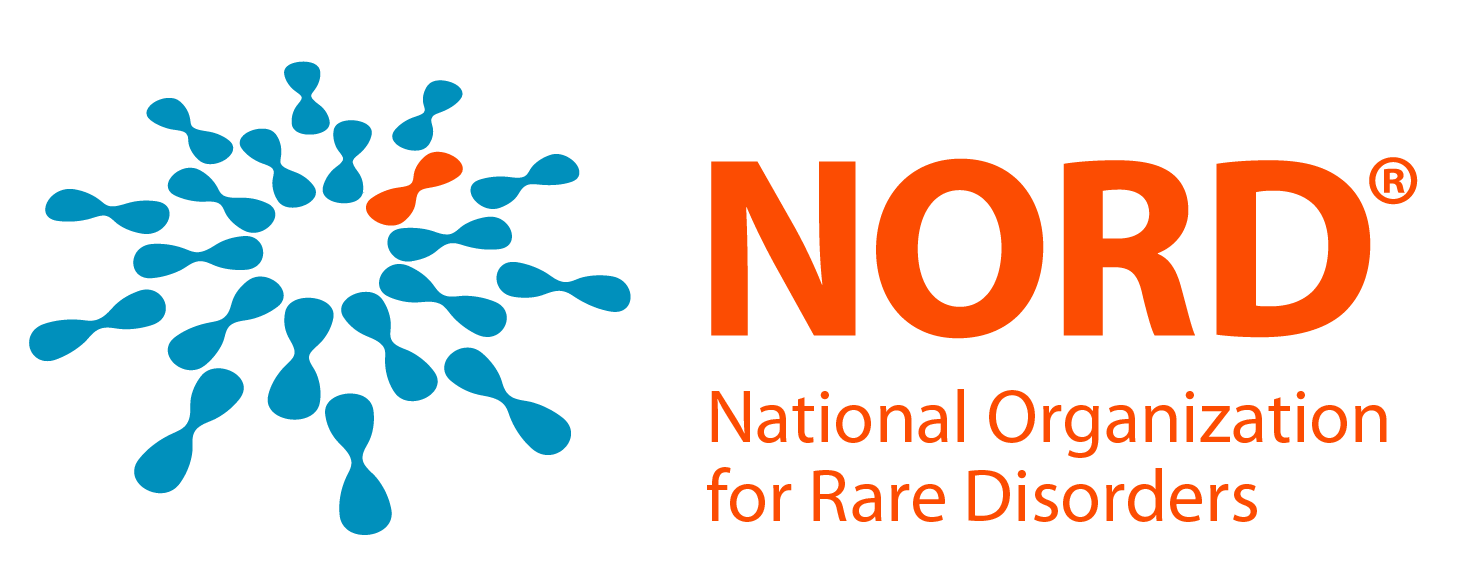Osteoporosis 2000
About Osteoporosis 2000
The Osteoporosis 2000 is a voluntary support organization in the United Kingdom dedicated to providing emotional support to individuals diagnosed with osteoporosis, family members, and/or other caregivers. Osteoporosis is a progressive bone disorder characterized by abnormal loss of bone density and generalized weakening of the skeleton, causing bone to become brittle and easily fractured. Associated symptoms and findings may include back and joint pain, abnormal curvature of the spine and associated loss of height (stature), and pathologic fractures, particularly of the wrists, hips, and spine. Females are particularly prone to osteoporosis after menopause because the ovaries cease producing estrogen, a hormone that helps to maintain bone mass. However, osteoporosis may also occur in males, particularly those over 60 years of age; in addition, the disorder may affect adults under the age of 60 years, adolescents, or children. In some cases, osteoporosis may occur due to or in association with certain hormonal diseases, long-term steroid therapy, prolonged immobility, and/or other conditions or factors. Osteoporosis 2000 was established in 1993 and currently has approximately 350 members. The organization is dedicated to offering information, assistance, and practical support to affected individuals and caregivers; promoting awareness and understanding of osteoporosis among health care professionals, individuals with or at risk for osteoporosis, and the general public; promoting the exchange of ideas and information about osteoporosis among health care professionals of different disciplines; and providing high quality educational support for general practitioners. Osteoporosis 2000 also is committed to improving the provision of services and support for affected individuals and those at risk for osteoporosis; offering Osteoporosis 2000 approved mobility classes; and providing a confidential telephone help line that puts newly diagnosed individuals in touch with other affected individuals and provides easy access to medically approved literature on osteoporosis. The organization also offers regular support meetings; has a drop-in facility run by volunteers with osteoporosis who provide emotional support for affected individuals and caregivers; holds educational workshops for the general public; and has a reference library of literature. The organization’s educational materials include a pamphlet series in lay terminology discussing such topics as the role of calcium in osteoporosis, bone mineral density scanning, hormone replacement therapy, pain management, and exercise.


